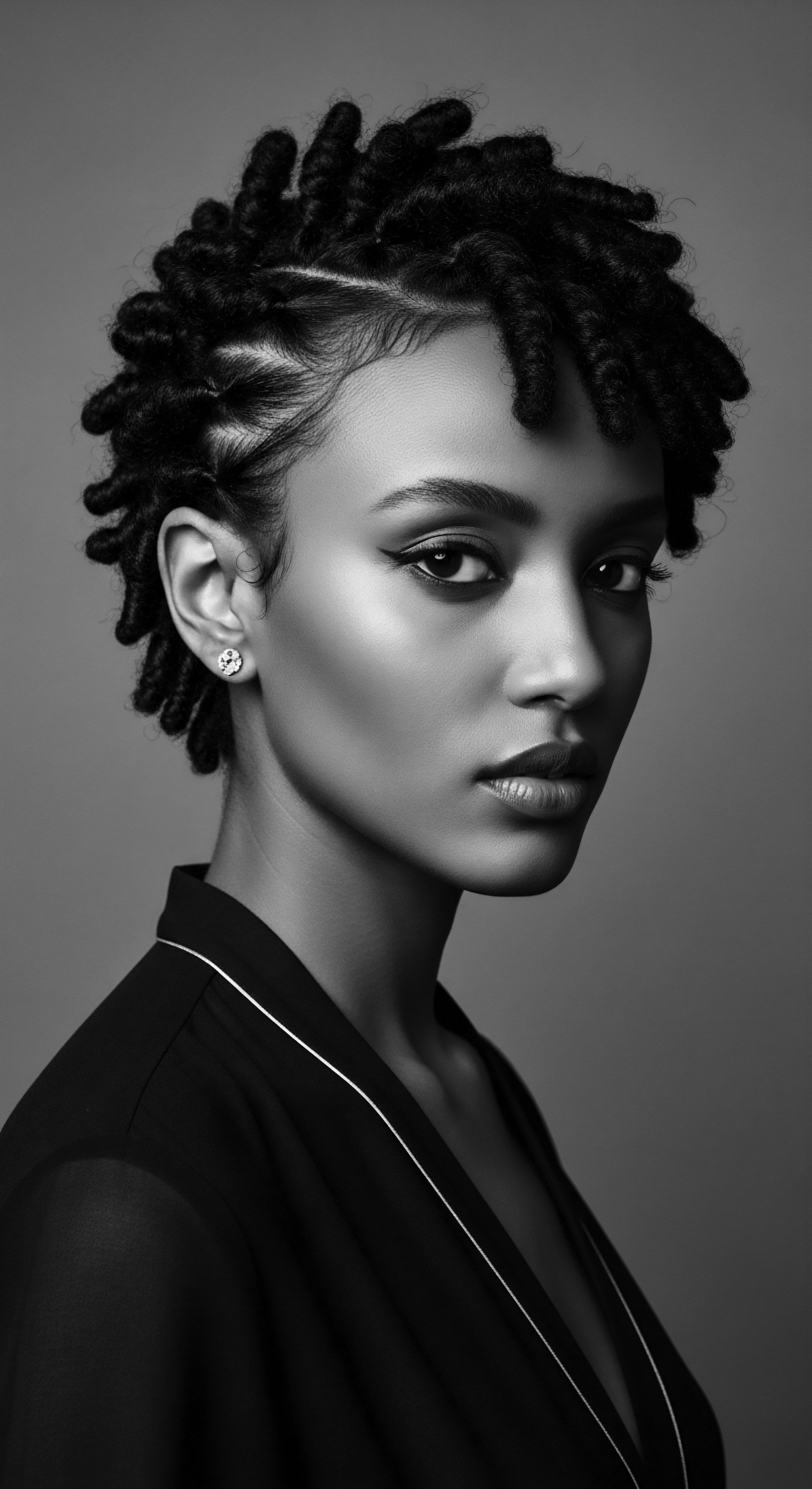
What ancestral tools shielded textured hair at night?
Ancestral tools like plant-based wraps and early head coverings shielded textured hair at night, preserving styles and moisture through a deep heritage of care.

What ancestral practices highlight the protective role of oils in textured hair heritage?
Ancestral practices harnessed natural oils from plants to shield textured hair, reflecting deep heritage and protective wisdom passed through generations.

What ancestral sleep habits protected textured hair?
Ancestral sleep habits safeguarded textured hair by reducing friction and retaining moisture, a heritage of mindful nightly care.

What happens to textured hair during sleep without protection?
Unprotected textured hair during sleep incurs friction and moisture loss, leading to dryness and breakage, issues historically mitigated by ancestral protective practices.
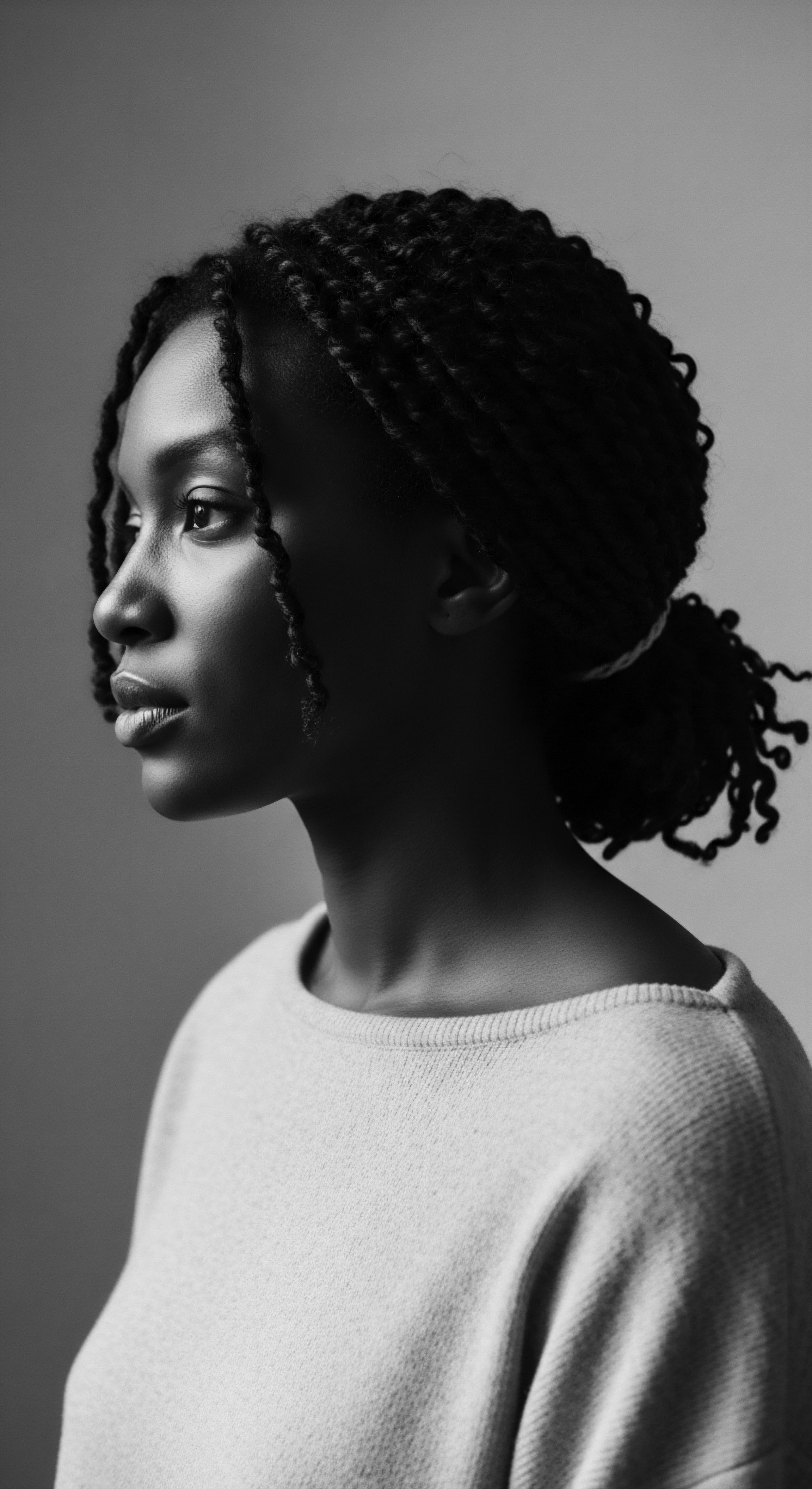
Nightly Hair Routines
Meaning ❉ Nightly Hair Routines are protective, restorative practices for textured hair, rooted in ancestral wisdom and cultural significance.

Why is nighttime hair protection vital for retaining moisture in textured hair?
Nighttime hair protection is vital for retaining moisture in textured hair by minimizing friction and preventing moisture loss, a practice rooted deeply in ancestral care traditions.

Which textiles protect textured hair at night?
Silk and satin textiles protect textured hair at night by reducing friction and preserving moisture, a practice with deep heritage in Black and mixed-race communities.
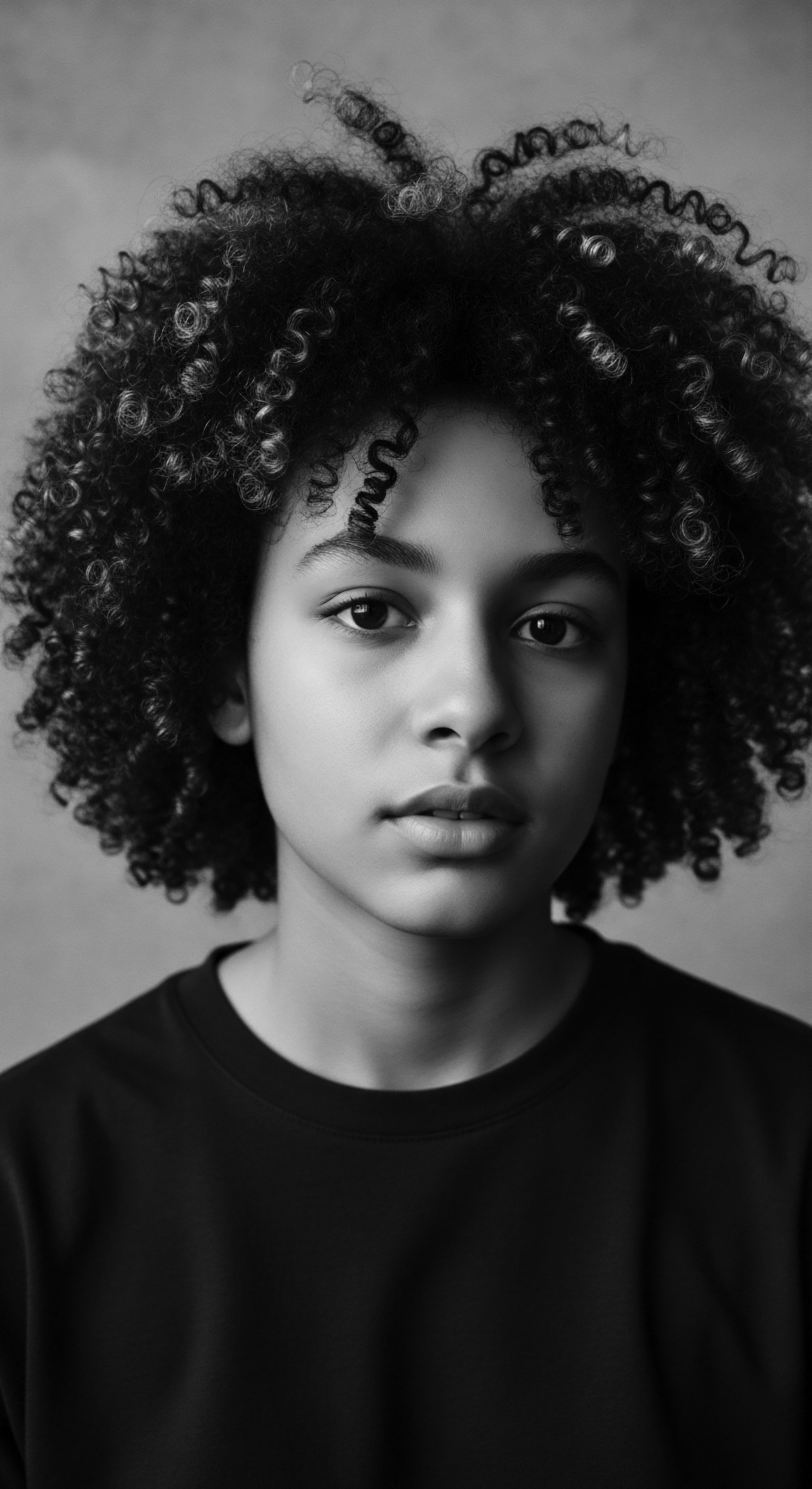
How does head wrapping preserve hair heritage?
Head wrapping protects textured hair by minimizing friction and moisture loss while preserving rich cultural identity and ancestral wisdom.

What ancestral hair practices offered protection and sustenance?
Ancestral hair practices offered profound protection and sustenance by integrating biology, cultural significance, and natural resources for textured hair heritage.

What ancestral oils were used for nighttime textured hair protection?
Ancestral oils, like shea, castor, and baobab, provided protective nighttime care for textured hair, honoring a rich cultural heritage.

What traditional materials shield textured hair at night?
Traditional materials like silk and satin, rooted in ancestral ingenuity, shield textured hair at night by minimizing friction and retaining moisture.

Why do people with textured hair cover it at night?
Covering textured hair at night, a practice steeped in heritage, protects delicate strands from friction and moisture loss, preserving style and health.

Why do satin materials help textured hair at night?
Satin offers textured hair a smooth sleep surface, reducing friction and preserving ancestral moisture.

What traditional methods protect textured hair at night?
Traditional methods like headwraps and specific styling protect textured hair at night, deeply rooted in Black and mixed-race heritage.

What scientific principles validate traditional nighttime hair coverings for textured hair?
Traditional nighttime hair coverings protect textured hair by reducing friction and preserving essential moisture, practices deeply rooted in ancestral heritage.

What materials did heritage practices use for nighttime hair protection?
Heritage practices for nighttime hair protection primarily used smooth fabrics like silk and satin, alongside natural oils and butters, rooted deeply in textured hair heritage.

Why do textured hair types require special nighttime protection?
Nighttime protection for textured hair, rooted in heritage, shields delicate strands from friction and moisture loss during sleep.

Why are nighttime hair coverings culturally significant for textured hair?
Nighttime hair coverings protect textured hair, silently carrying centuries of cultural preservation and ancestral self-care.
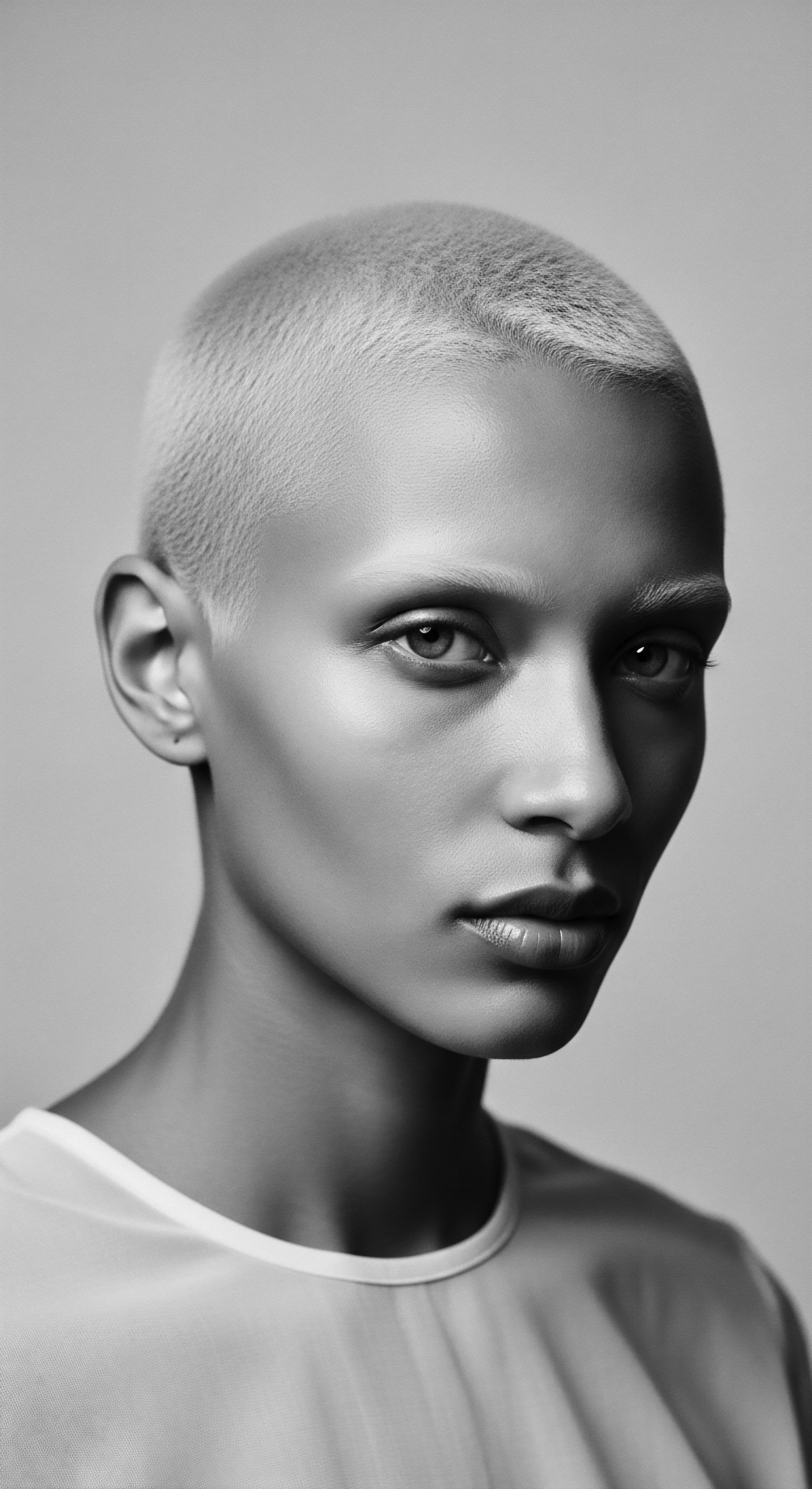
What benefits do bonnets offer textured hair beyond simple friction reduction?
Bonnets protect textured hair by sealing in vital moisture and preserving ancestral protective styles.

In what ways do historical head coverings reflect hair preservation heritage?
Historical head coverings protected textured hair by shielding it from environmental damage and friction, preserving moisture and styles while deeply expressing cultural identity and ancestral wisdom.

How does African hair heritage guide modern protective rituals?
African hair heritage guides modern protective rituals through ancestral practices, natural ingredients, and symbolic expressions of identity and resilience.

What textiles best protect textured hair at night?
Silk and satin textiles protect textured hair at night by reducing friction and retaining moisture, honoring ancestral preservation practices.

Can traditional nighttime protection enhance baobab oil’s moisture benefits for textured hair?
Traditional nighttime protection significantly boosts baobab oil's moisture benefits, safeguarding textured hair through ancestral wisdom and practice.
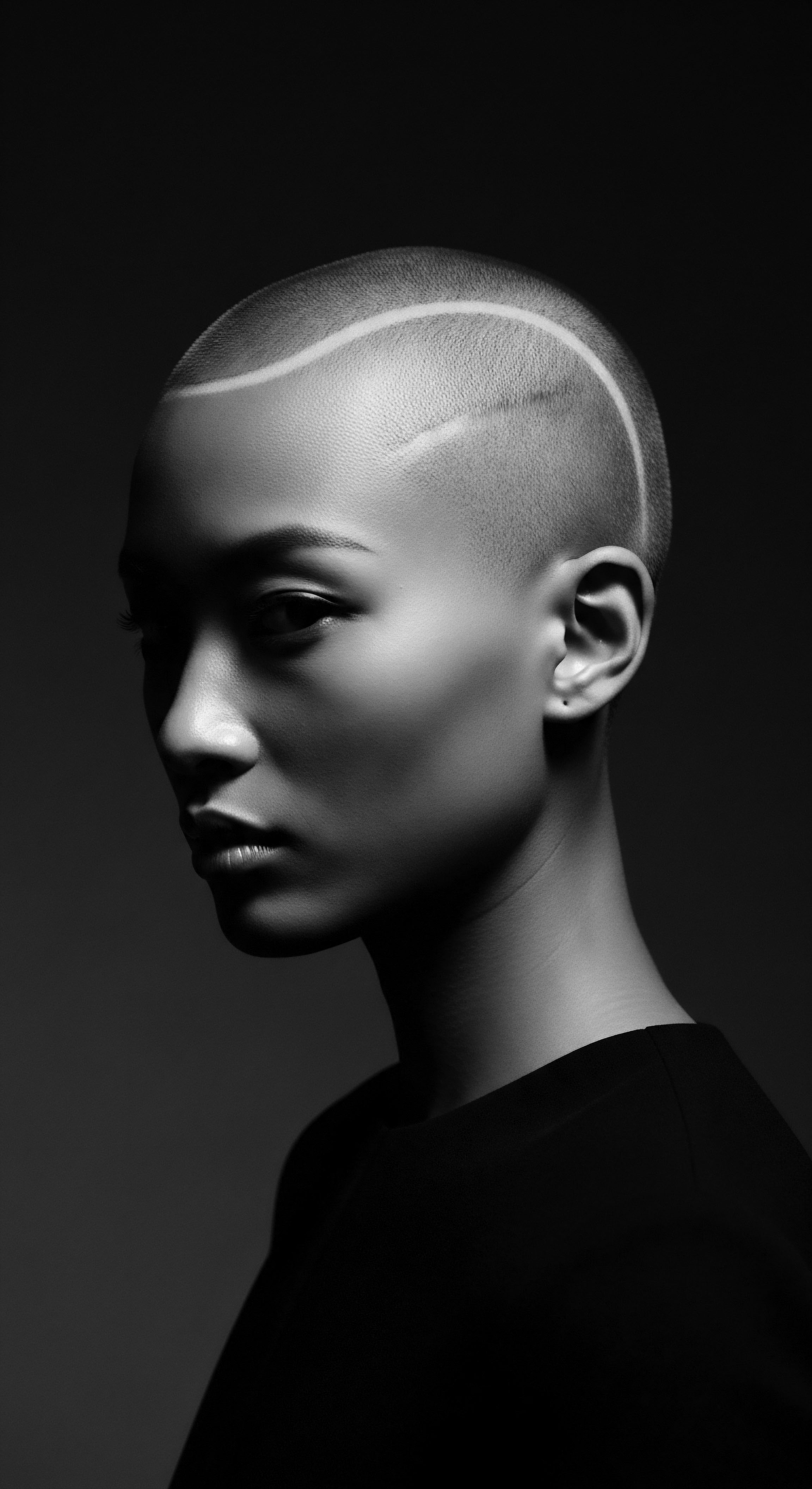
Can satin or silk pillowcases impact textured hair moisture?
Satin and silk pillowcases minimize friction and moisture absorption, upholding an ancestral legacy of protecting textured hair.

What is the Biomechanical Benefit of Nighttime Hair Coverings for Textured Hair?
Nighttime hair coverings biomechanically guard textured hair against friction and moisture loss, a practice rooted in ancestral wisdom.

How do hair coverings protect textured hair at night?
Hair coverings safeguard textured hair at night by reducing friction, retaining moisture, and preserving ancestral styling, honoring a deep heritage of care.

